3 Essential Principles for Dyscalculia Intervention
June 29, 2020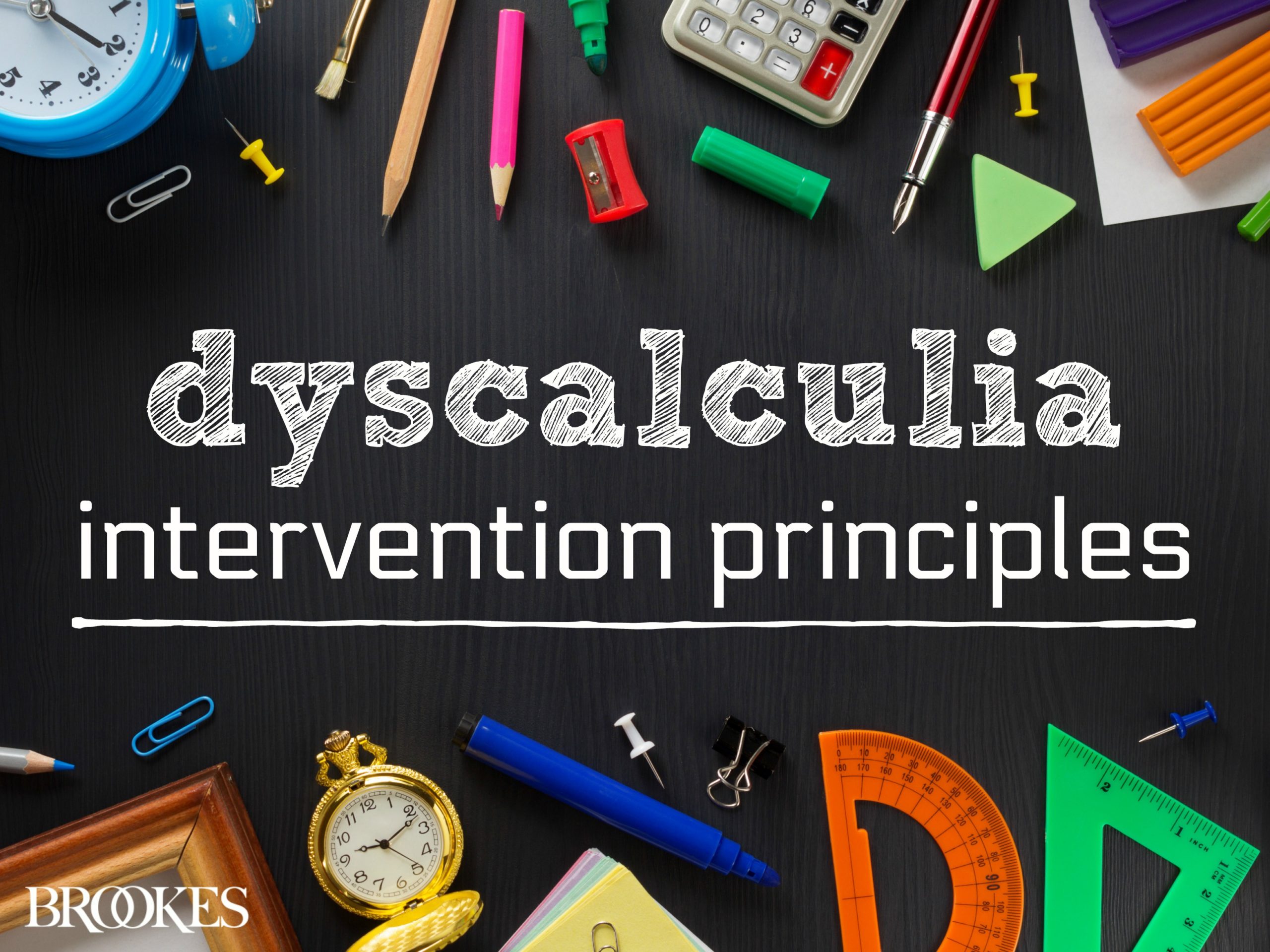
Most teachers have developed strategies and instructional techniques for supporting their students with dyslexia—but when schools are open again, how can educators reach and teach students who have dyscalculia? A learning disability that affects a child’s ability to perform mathematical skills, dyscalculia isn’t as widely acknowledged and researched as dyslexia, but it’s just as important for teachers to recognize and address.
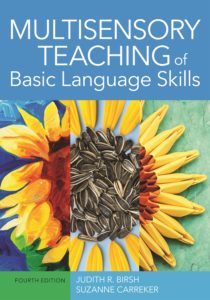 The book Multisensory Teaching of Basic Language Skills, Fourth Edition, edited by Judith R. Birsh & Suzanne Carreker, issues a compelling call to action about this underrecognized learning disability. Chapter authors Katherine Garnett and Colleen Uscianowski make the facts clear: Although math-related learning disabilities have often been overshadowed by reading disabilities, dyscalculia:
The book Multisensory Teaching of Basic Language Skills, Fourth Edition, edited by Judith R. Birsh & Suzanne Carreker, issues a compelling call to action about this underrecognized learning disability. Chapter authors Katherine Garnett and Colleen Uscianowski make the facts clear: Although math-related learning disabilities have often been overshadowed by reading disabilities, dyscalculia:
- Is not rare. It’s estimated that dyscalculia affects 3.5%–6.5% of the school-age population, a proportion that rivals the numbers of students with dyslexia and also those with specific language impairment.
- Is not a recent phenomenon. Specialized materials and teaching strategies to address math learning problems date back to at least the 1920s.
- Is not inconsequential. Far from being “no big deal,” math disabilities can seriously erode a student’s self-confidence and cause difficulties that persist into adulthood, including financial confusion, barriers to employment, and day-to-day difficulties with skills like measuring and estimating.
- Is not okay to neglect. As Garnett and Uscianowski state: “Math disabilities need far more attention, especially considering the lifelong consequences in today’s world, both practical and emotional.”
In this post, excerpted and adapted from Garnett and Uscianowski’s book chapter on Math Learning Disabilities, we present three overarching principles for developing math interventions for students with dyscalculia and keeping those interventions on track. Keep these in mind in your next school year as you support kids with math disabilities—and for more practical guidance and information on dyscalculia, see these resources on Understood.org.
Principle 1: Fortify Math Foundations
First, focus on giving struggling students a solid grasp of basic math concepts and fundamentals. This should be done before you make the leap to teaching written computation or having students memorize and practice number facts.
So how do you fortify your students’ foundational math understandings, skills, and language so they’re solid and interconnected? Solo seatwork with worksheets isn’t the answer, and a sprinkling of math games here and there won’t be enough. Building a strong foundation in math will require lots of consistent, playful practice during classtime. Demonstrate concepts creatively with moveable materials, and map these materials onto number lines. Give students repeated interactive opportunities to demonstrate math concepts themselves with tactile materials. And watch out for students who seem to specialize in speedy verbal associations and regurgitations of facts—a child can learn to repeat the right words without understanding the concepts behind them. Frequently check for comprehension, and help students develop a clear mental representation of math concepts.
With consistent and creative use of materials and manipulatives, your instruction can ensure that each learner has a solid math foundation on which to build new skills. (Incorporating manipulatives may be a challenge during the COVID-19 pandemic, especially if distance learning continues, so you may have to be creative—for example, by asking students to use tactile materials available to them at home.)
Principle 2: Weave in Concept/Language Connections
It’s always a gamble to move on from a lesson assuming that all your students have understood the conceptual underpinnings and the links between concepts and language connections. As your instruction advances, cue your students to do “show-me/tell me” demonstrations that refresh and solidify the connections between the math concepts you’ve taught and the language you’ve used to teach them.
These brief “retrieval routines” can become one of your most powerful teaching habits, whether you choose to do quiet, one-to-one refreshers with one or two struggling students or quick “everyone show me…” routines that the whole class can do together. You may need to repeat these demonstrations often so that the imprint of concepts and verbal distinctions don’t fade from students’ minds or become hard to summon when needed. (As a bonus, students who routinely practice linkages between math concepts and language will more easily develop the habit of self-monitoring.)
Principle 3: Remember: Emotions Rule!
Math can provoke strong emotions in your students, especially those who struggle significantly with it. The nuances of word problems, the complexity of explanations, the fast pace of instruction, and the stress of testing—all of these can cause confusion, frustration, and feelings of defeat. Left unchecked, these feelings can escalate into debilitating anxieties and negative scripts: I’m just no good at math. My brain doesn’t work right. Something’s wrong with me!
Sometimes well-meaning teachers can compound these feelings with equally unhelpful remarks: You just need to focus and pay attention more. You’d do better if you tried harder. Instead of motivating struggling students, comments like these can often cause a child to “shut down” and stop their efforts. A better way to help is by simply acknowledging the complexities and challenges your students are facing. Pay attention to your students’ emotions, and when fear and frustration set in, empathize with their feelings and emphasize your belief in their abilities and potential. Through your example and enthusiasm, support courage, persistence, and fearless fun with math. (Popular math education expert Jo Boaler has lots of resources for helping students out of “math misery” so they can realize their potential—see the Growth Mindset resources here.)
Want to remember the three main takeaways from this post? Print a copy of this helpful teacher cue card and put it someplace visible to you to “activate” your math mantras during instruction:
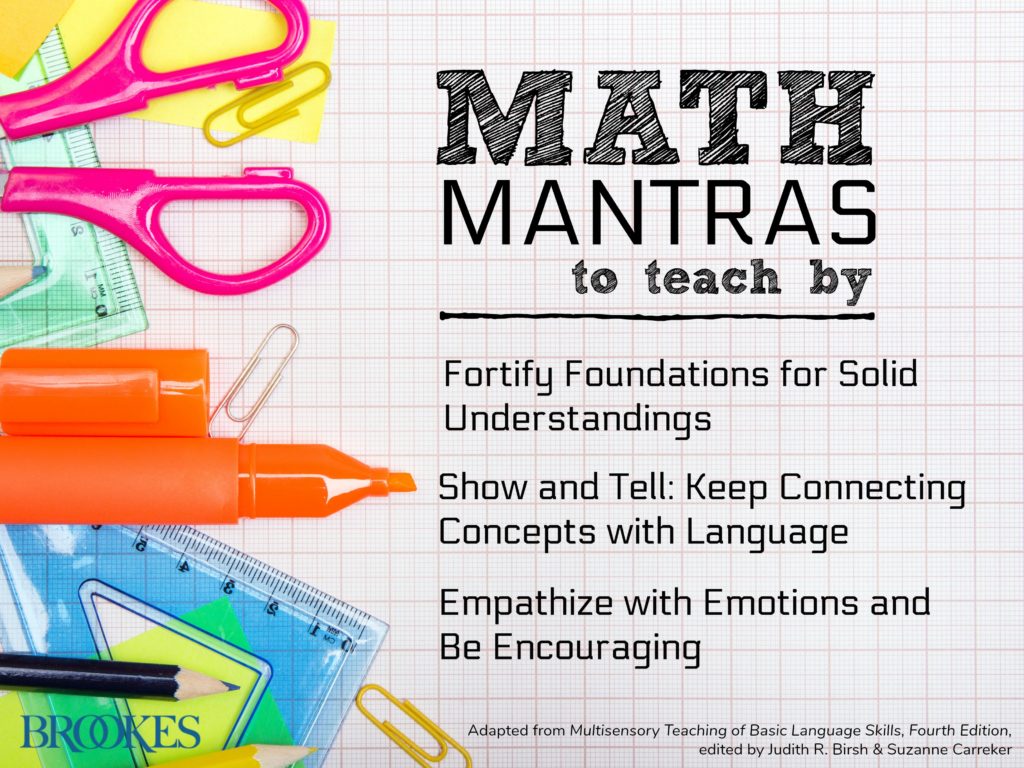
And for more tips and insights on intervention for students who have dyscalculia…
GET THE BOOK
Multisensory Teaching of Basic Language Skills, Fourth Edition, edited by Judith R. Birsh & Suzanne Carreker, includes a dedicated chapter on math learning disabilities.
EXPLORE MORE RESOURCES
See this valuable list of resources on Understood.org, including fact sheets, videos, and strategies from the experts.
READ THE ARTICLE
This article from ADDitude Magazine talks about dyscalculia symptoms, diagnosis, and intervention options.

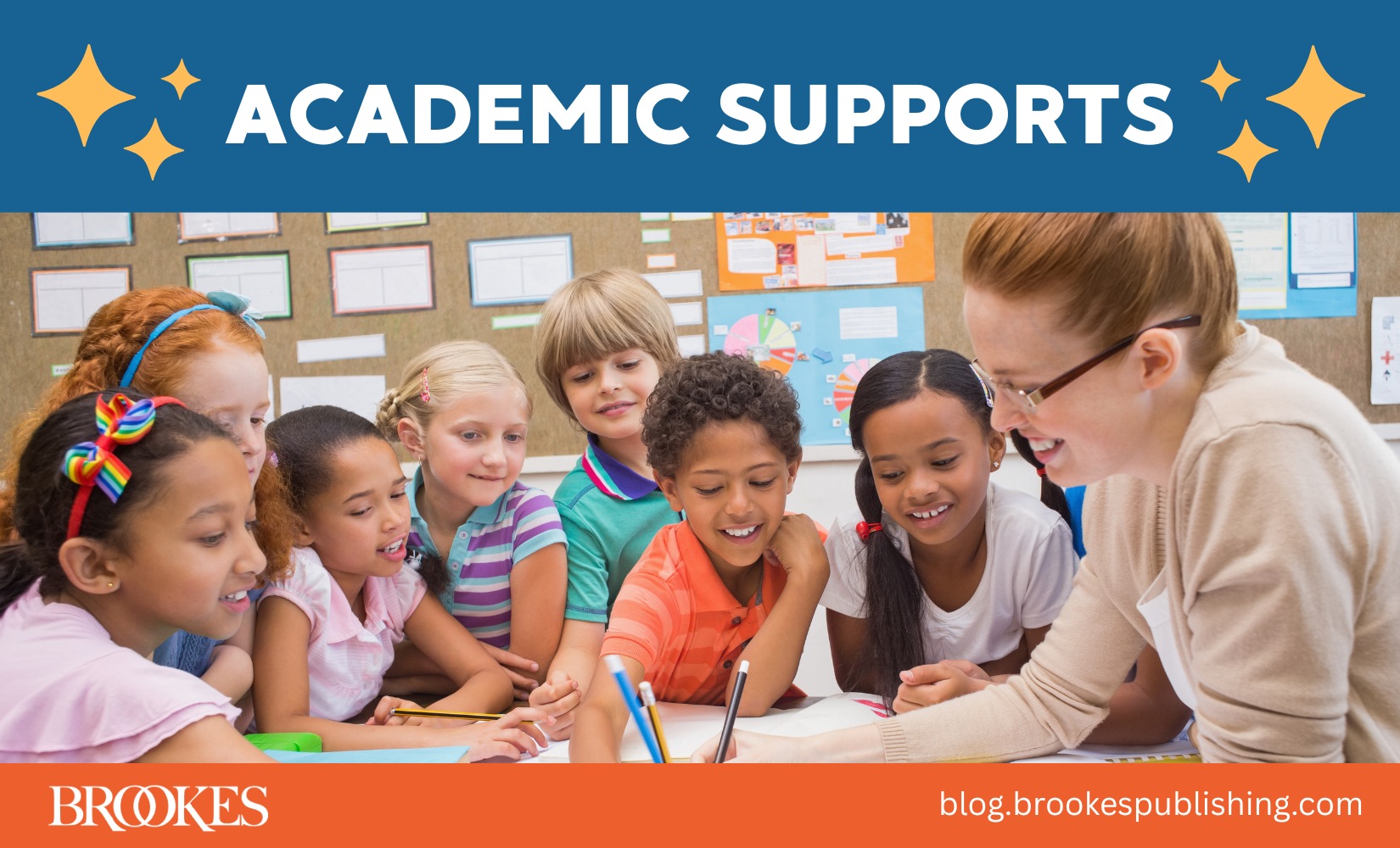
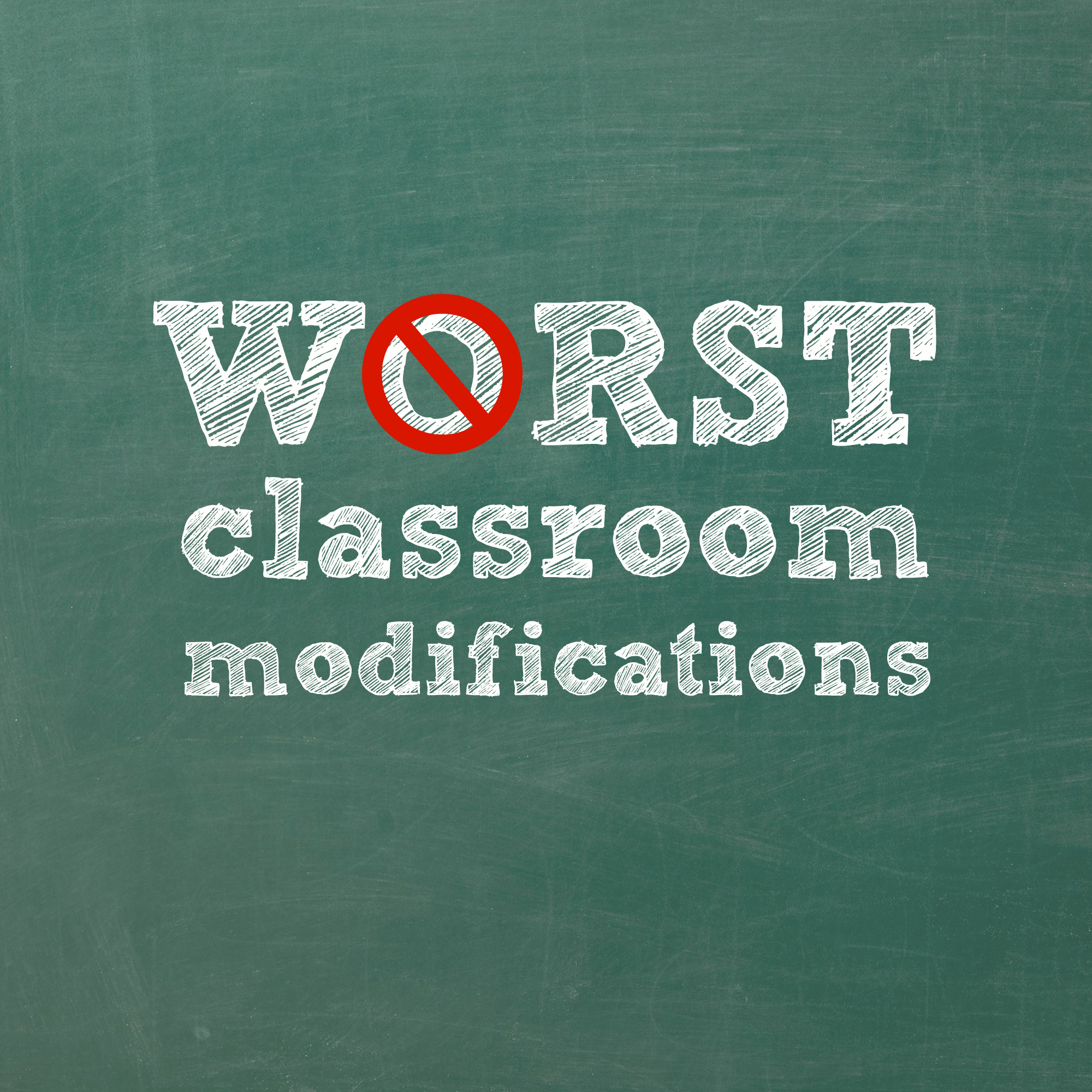

Write a Comment
Your email address will not be published. Required fields are marked *
Post a Comment